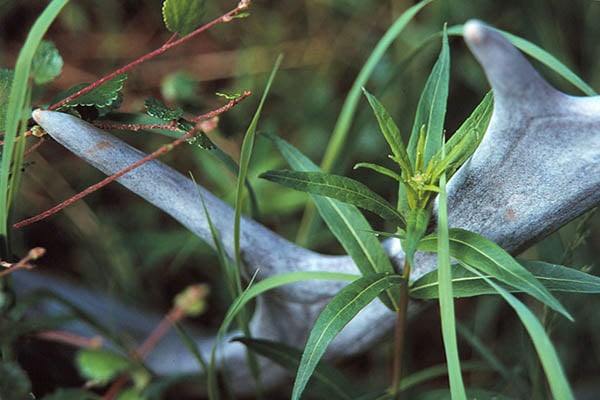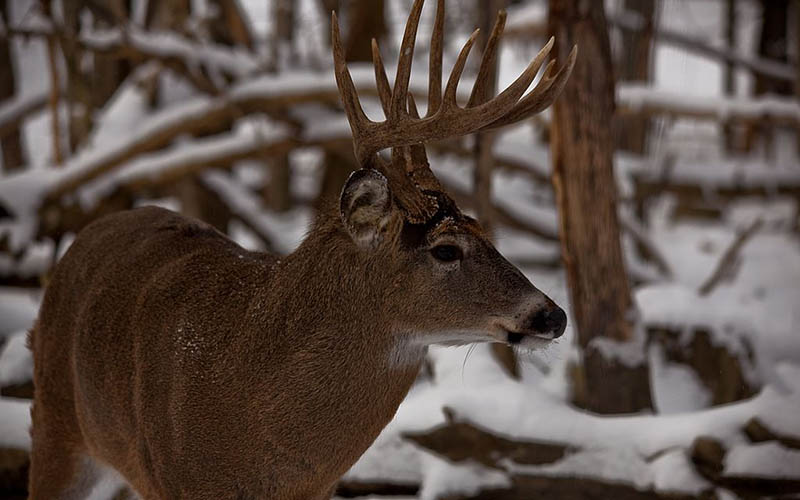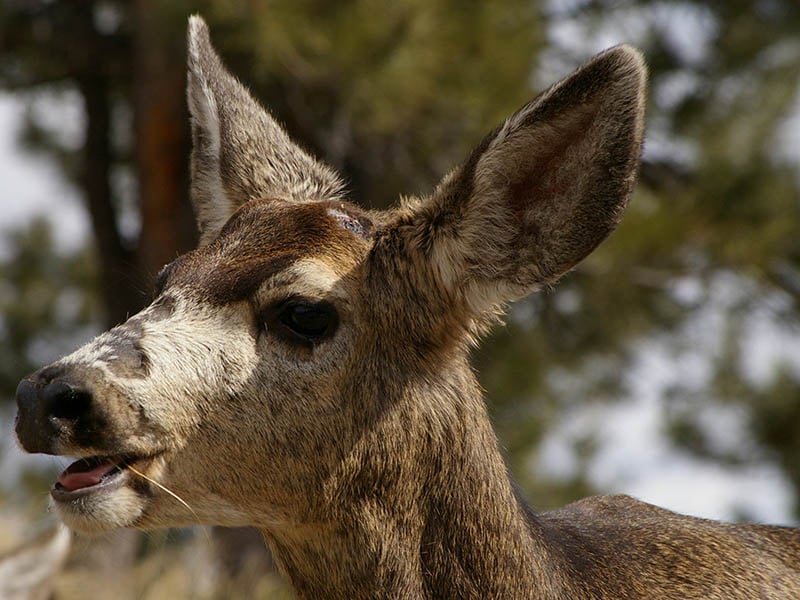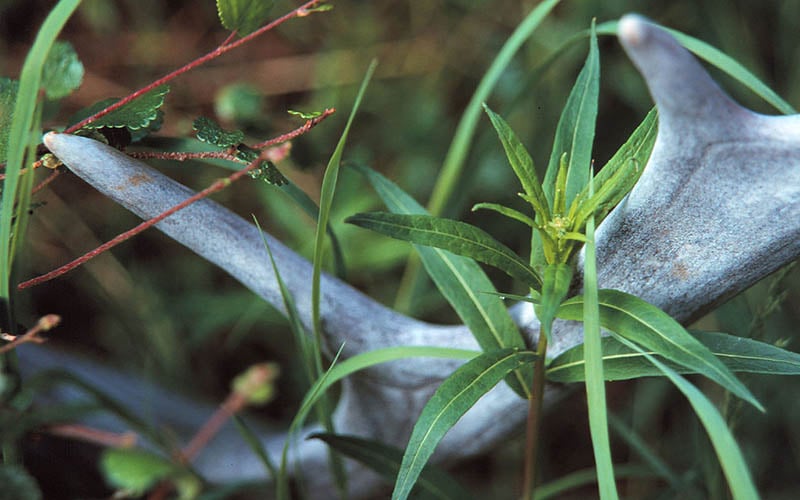
Last Updated on
Shed hunting can be one of the best ways to spend the winter while you wait for the spring hunting seasons to come back. Better yet, shed hunting has become a serious sport for some, and there are many who will pay handsomely for a complete set of large horns. Yet if you don’t know what you’re doing, the only thing you’ll find while on a shed hunt is plenty of exercise, which still isn’t too bad all told. However, to keep things exciting and maybe find a few horns, here are some tips and advice on how to maximize your shed hunting success.
Why Do Bucks Lose Their Horns?
First thing is first, before you can hunt for horns, you need understand when and why bucks lose their horns in the first place. After the rut concludes, bucks begin to lose their antlers as the winter hits. This is the conclusion of an annual cycle where bucks grow antlers for the summer and the rut and then lose them for the winter. Testosterone is the main agent in this process, and although it doesn’t actually stimulate growth, it triggers antler retention and then later the withering of the antler base. Antler growth begins in the spring, and as they grow, they are surrounded by a live membrane, better known as the velvet, that facilitates the antler growing process. When summer hits, the buck’s testosterone skyrockets and this ceases antler growth but keeps the antlers strong for the coming rut. Once the rut is over, the testosterone levels drop back down and the base of the antlers deteriorates and eventually separates from the skull.

There is no hard date for when deer lose their antlers, but there are some clues that you can use to plan your shed hunting around. The general period of loss is between late December and March or April. The climate plays a large role in antler shedding, and deer in colder climates lose their antlers earlier than those in warmer areas. In addition, deer that are injured or young will lose their antlers earlier. The older bucks lose their antlers last, and anywhere from February to April in warm areas is the prime time for this.
While you may luck out and find a larger set of antlers from an injured deer early, the best shed hunting will occur around the posting of this article (mid-February). Don’t forget that excessive hunting in an area early in the shed hunting season may spook the mature bucks away, and they may end up shedding their antlers elsewhere. Keep your shed hunting and scouting to a minimum until the later winter months.
Scouting Tips
Before you can add some big sheds to your collection, you need to know where to look. Here are a few tips that will help you concentrate your search.
Winter Food Sources / Warmth
The biggest factor in your search for sheds is the presence of a local food source. Bucks and deer in general usually move away from the area they frequent in the summer to a “wintering” area that has two key elements. The first as we said is a prominent food source, and this is the most important element. Deer will stick fairly close to a good food source in the winter for obvious reasons, but if you realize there is no quality food source in the area you plan to shed hunt in, don’t expect to have too much luck. Aside from a food source, deer also prefer a warm source of bedding. While it is possible to find sheds almost anywhere on a property, your scouting efforts should be concentrated towards areas that potentially have these two elements.

Trail Cameras
If you own the property you’re hunting or are confident enough to leave trail cams around, this can be a perfect use for those trail cameras you invested in for hunting season. You can get an idea of which bucks are hanging around your territory for the winter, and maybe even pinpoint some of the areas they frequent. Make sure to balance checking your trail cams (if they’re not transmitted remotely) with the possibility of spooking bucks in the area early in the shed hunting season.
Stay On Foot
While it may be tempting to scout a large area with your ATV, you’re just as likely to pass over a shed if you’re not willing to do the majority of your hunting on foot. Sheds are notorious for hiding alongside fallen brush, and many areas won’t be accessible in your ATV anyway. So get off the ATV and get some exercise while you shed hunt. Now if you plan to use the ATV to check out several different potential hot spots, but park it when you get there, that’s a different story.
Bring An Optic
Sheds are notorious for hiding, even in plain sight. You can walk right by them, or they appear like brush against a tree and you never notice them. This leads to the act of constant double-take as you walk by every tree: “Is that a shed? That kind of looks like a shed.” But when you walk up to it, chances are it’s just a fallen branch. An optic like binoculars, or a monocular if you’re trying to pack light, can save you some of the trouble of investigating every possible antler, and it gives you another excuse to bring those fancy hunting binoculars along. When glassing, or just looking around for that matter, don’t just concentrate on the classic antler rack shape either. The curves or the base of the horn can sometimes be the dead giveaway that a shed is lying nearby.

Final Thoughts
Shed hunting can be a great way to shed the winter pounds and get into shape for the coming spring hunting seasons. Finding the big impressive sheds will take some patience, some know-how and probably most importantly a little luck. But you can’t find any sitting at home on the couch. Get out there and find them before the vegetation creeps back up and covers them for the spring. Good luck and happy hunting.
Image one, two and three and thumb courtesy of Wikimedia Commons.




Leave a Reply